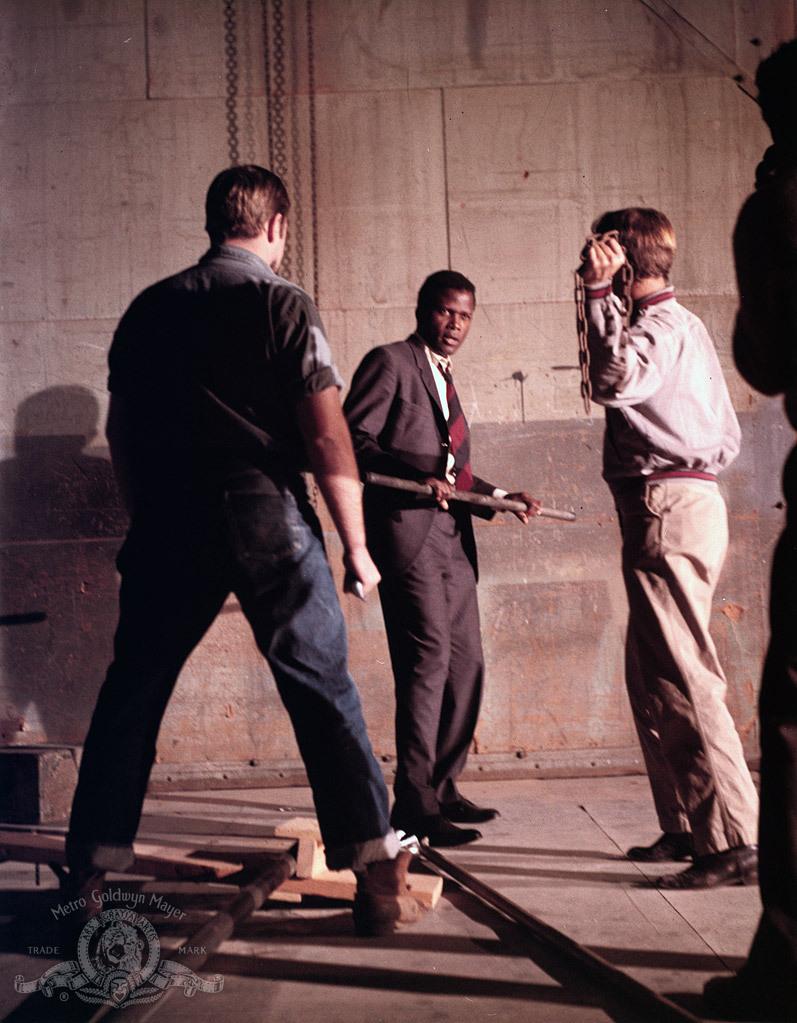As the curtains draw on CBS' "In the Heat of the Night," a two-hour finale marks the end of a seven-year saga filled with both drama and hardship. This series, while celebrated for its compelling storytelling and groundbreaking themes, was not without its challenges. The public often saw only a fraction of what transpired behind the scenes, as the show's production faced numerous obstacles that would have deterred many.
Filmed in Covington, Georgia, far from the Hollywood spotlight, the series dealt with personal and professional turmoil. Carroll O’Connor, the lead star known for his iconic role as Archie Bunker, was a source of strength, yet he too faced his own battles, including health issues and personal tragedies. The struggles of his co-star Howard Rollins and the heartbreaking loss of O'Connor's son, Hugh, added layers of complexity to the show’s legacy.
Despite these hardships, "In the Heat of the Night" managed to break ground in the portrayal of African American characters and relationships on television. The interracial romance between O'Connor's character and Denise Nicholas's character was a bold move during a time when such narratives were often avoided. This not only showcased the evolution of television storytelling but also highlighted the resilience of those involved in the production.
Biography of Carroll O'Connor
| Attribute | Details |
|---|---|
| Name | Carroll O'Connor |
| Date of Birth | August 2, 1924 |
| Notable Roles | Archie Bunker in "All in the Family," Bill Gillespie in "In the Heat of the Night" |
| Career Highlights | Four-time Emmy Award winner |
| Date of Death | June 21, 2001 |
Table of Contents
- Biography of Carroll O'Connor
- Overview of "In the Heat of the Night"
- Challenges Faced by the Cast
- Impact on Television and Society
- Final Thoughts
Overview of "In the Heat of the Night"
"In the Heat of the Night," based on the 1967 film of the same name, debuted in 1988 and quickly became a staple of American television. This police drama, set in Mississippi, explored the complexities of race relations through the lens of crime and law enforcement. The central character, Bill Gillespie, played by Carroll O'Connor, was a sheriff who often found himself at odds with the changing social landscape of the South.
The series was notable not just for its storytelling but also for its ability to tackle sensitive topics such as racism and societal change. Each episode presented a new case, revealing the intricacies of human relationships and the moral dilemmas faced by law enforcement officers. The show's success can be attributed to its strong writing, compelling performances, and its willingness to address controversial issues head-on.
Challenges Faced by the Cast
The production of "In the Heat of the Night" was fraught with personal challenges, particularly for its lead actors. Carroll O'Connor faced serious health issues, including heart-bypass surgery, while Howard Rollins struggled with substance abuse problems that ultimately led to his early demise. These challenges not only affected their performances but also added a layer of poignancy to the series.
Moreover, the loss of O'Connor's son, Hugh, who was also involved in the show, was a devastating blow that impacted the entire cast and crew. O'Connor's candidness about his son's struggles and his own health issues served to humanize the stars behind the roles, reminding audiences that the characters they portrayed were often overshadowed by their real-life battles.
Impact on Television and Society
Despite its challenges, "In the Heat of the Night" left a significant mark on television history. The series received critical acclaim and numerous awards, including two NAACP Image Awards for outstanding drama series. It was praised for its representation of African Americans in positive and authoritative roles, countering the stereotypes often seen in media at the time.
By exploring themes of race and justice, the show contributed to the national conversation about civil rights and equality. It served as a platform for discussing issues that were often swept under the rug, and its legacy continues to resonate in today's television landscape.
Final Thoughts
The finale of "In the Heat of the Night" marks the end of an era but also serves as a reminder of the resilience and dedication of its cast and crew. Carroll O'Connor's legacy as an actor who tackled complex issues with grace and humor will not be forgotten. The series stands as a testament to the power of storytelling in addressing societal challenges and fostering understanding.
As we reflect on the impact of "In the Heat of the Night," we are reminded that the struggles faced by its cast and the stories told within its episodes are relevant today. They challenge us to confront uncomfortable truths and to continue advocating for representation and equality in media.




